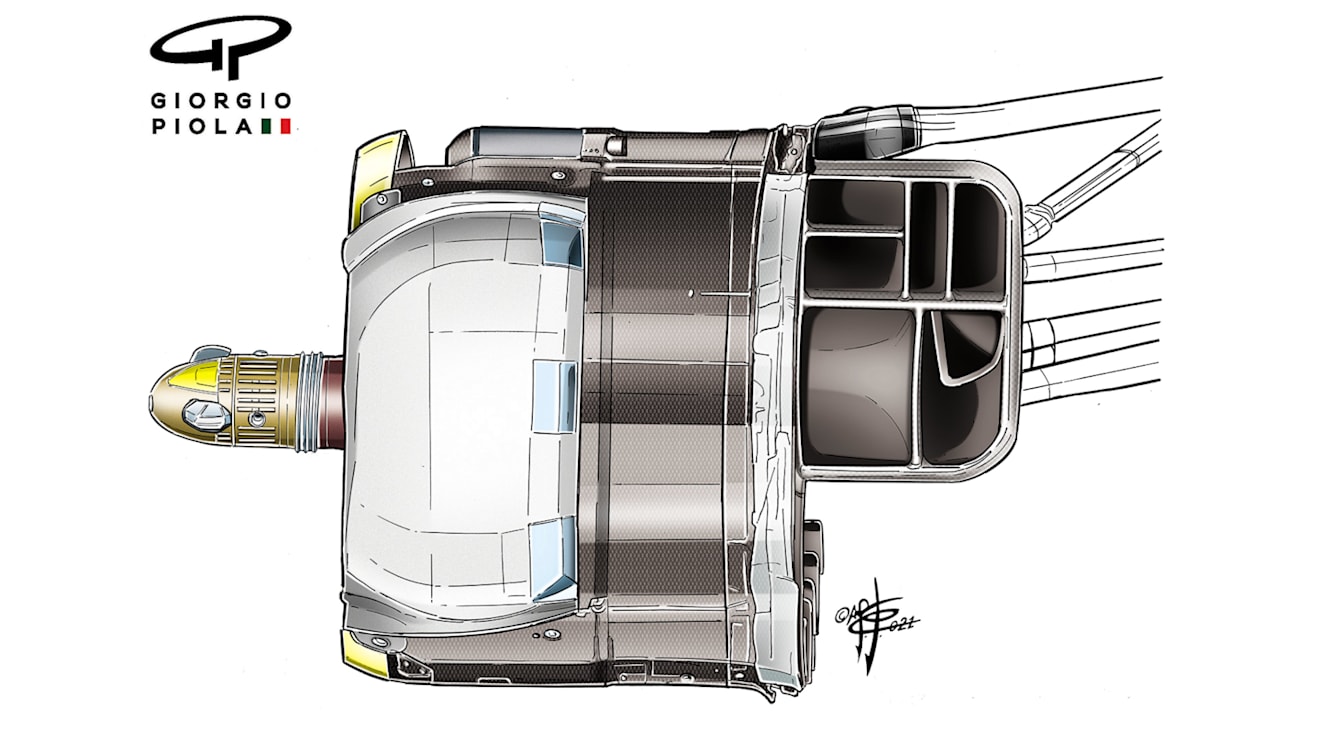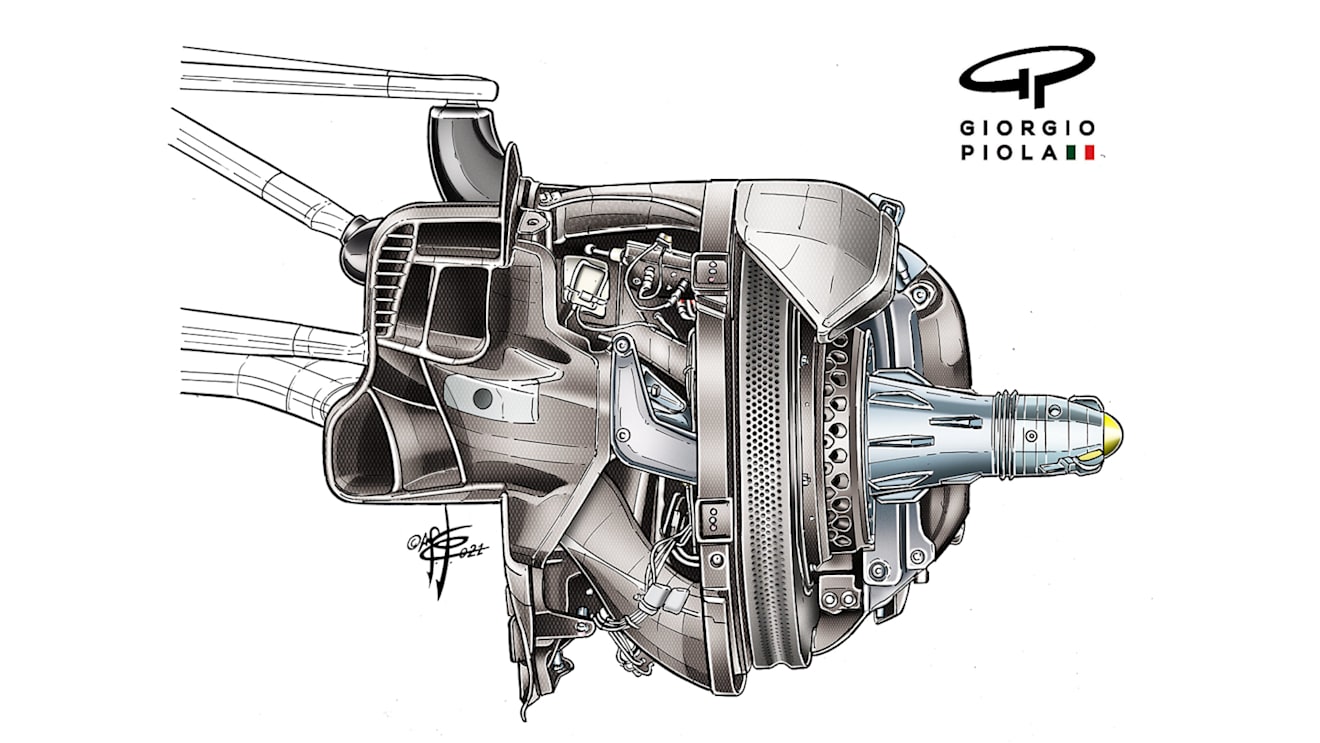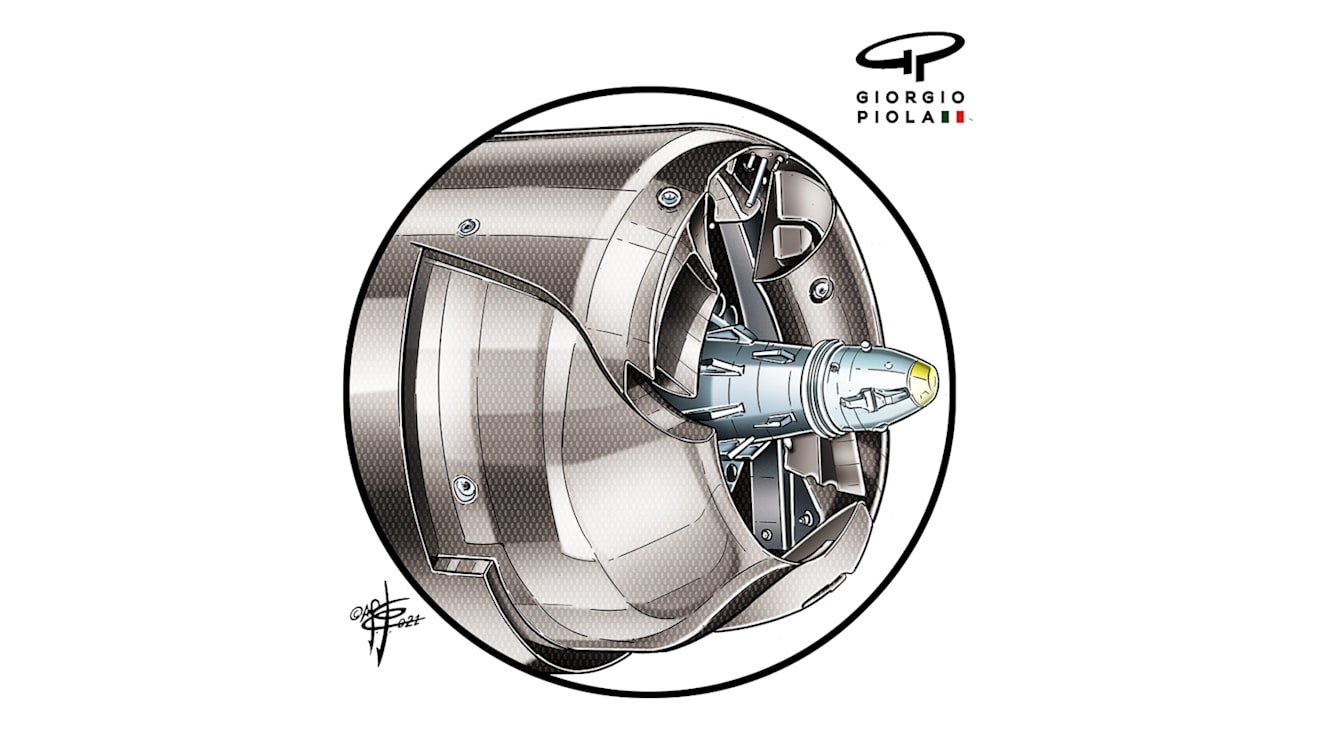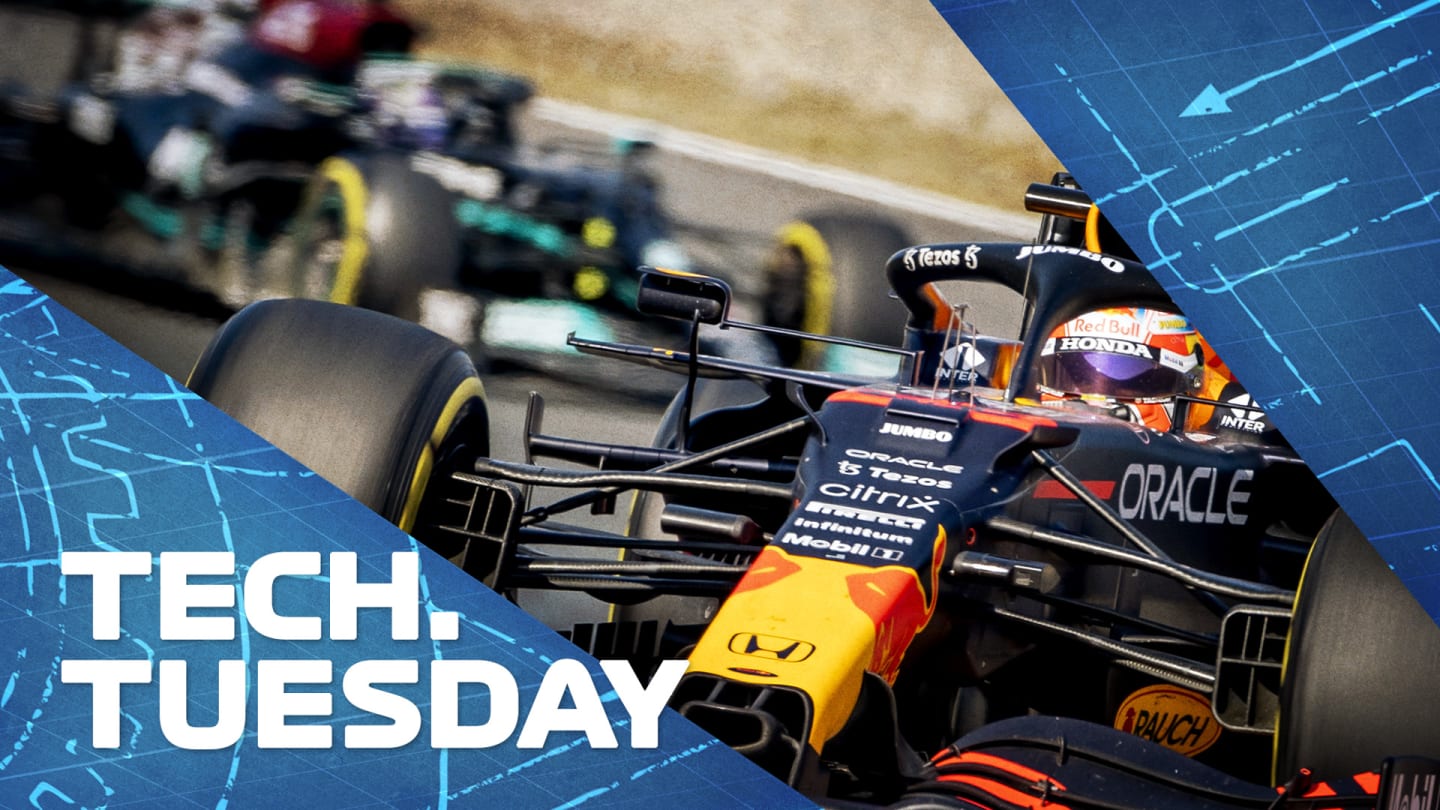
Technical
TECH TUESDAY: High stakes at high altitude – Is Mexico City going to be a ‘Red Bull track’ again this year?

Share

F1 technical expert Mark Hughes looks ahead to next week's Mexican Grand Prix, with technical illustrations from Giorgio Piola.
The technical aspects of racing in Mexico City’s 2,200-metre altitude – by far the highest of the season – always has a profound effect on the performance of the cars.
But in this season’s epic title duel it will also probably have a say in which of the Red Bull or Mercedes is actually the fastest car and will therefore play a very significant role in just how the dynamics of this contest will play out in the remaining five races.
The traits of the two cars are very different both in terms of power unit and aerodynamics. The unique conditions of the Mexican circuit – Mexico City’s air has around 25% less oxygen content than sea level air – are likely to reward or punish them each differently.
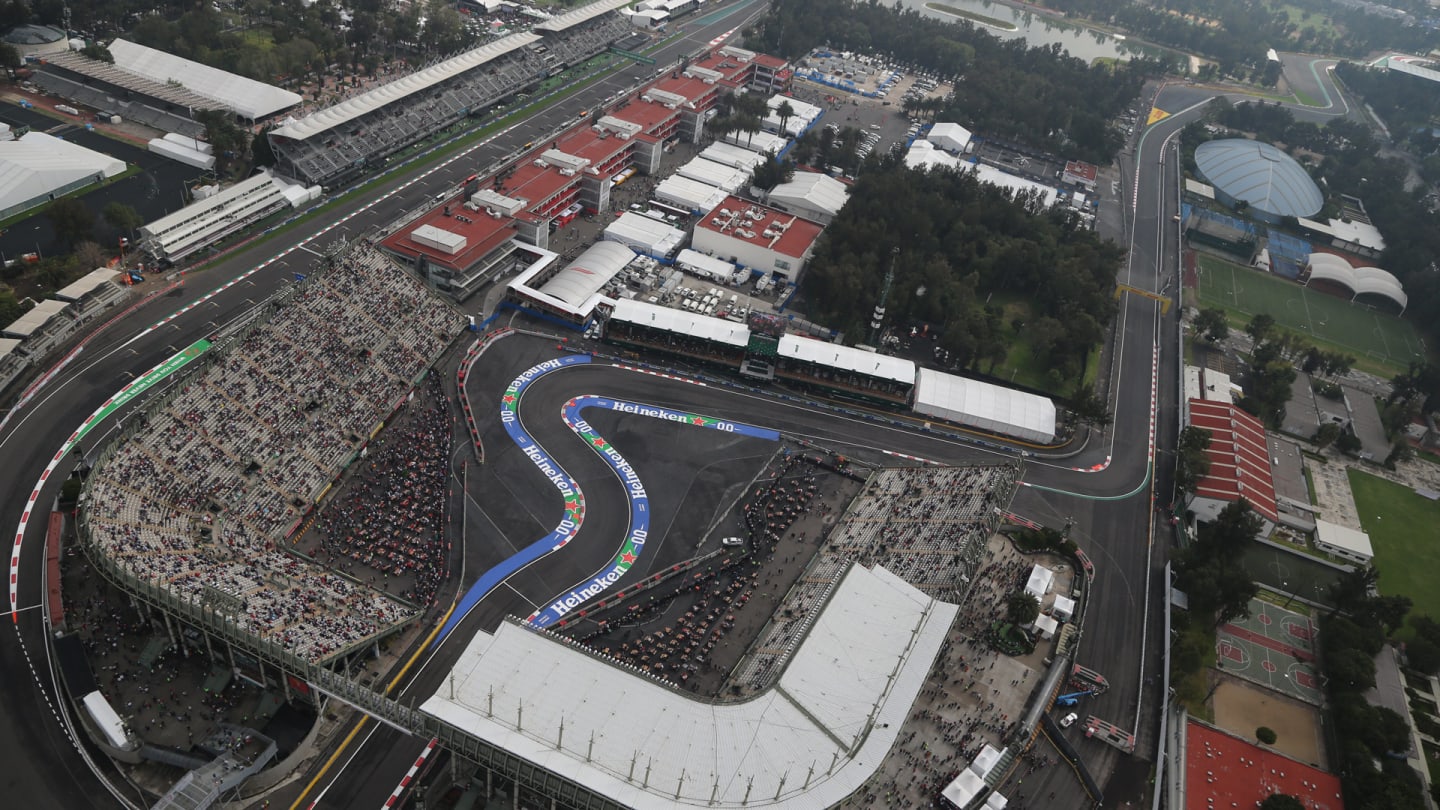
Mexico City sits at an altitude of 2,250 metres above sea level – the highest of any circuit on the F1 calendar
Power unit
Mercedes are invariably at a power disadvantage in Mexico. In what has been by far the dominant power unit of the hybrid era, why should this be so?
With 25% less oxygen content, the air is naturally less combustible. But in theory a turbocharger compensates for this by spinning faster – as it meets less resistance – and thereby compresses the air more. The air compressed by the turbo should therefore have much the same oxygen content as normal.
Power struggle: How Honda caught up with Mercedes – and how the Silver Arrows fought back
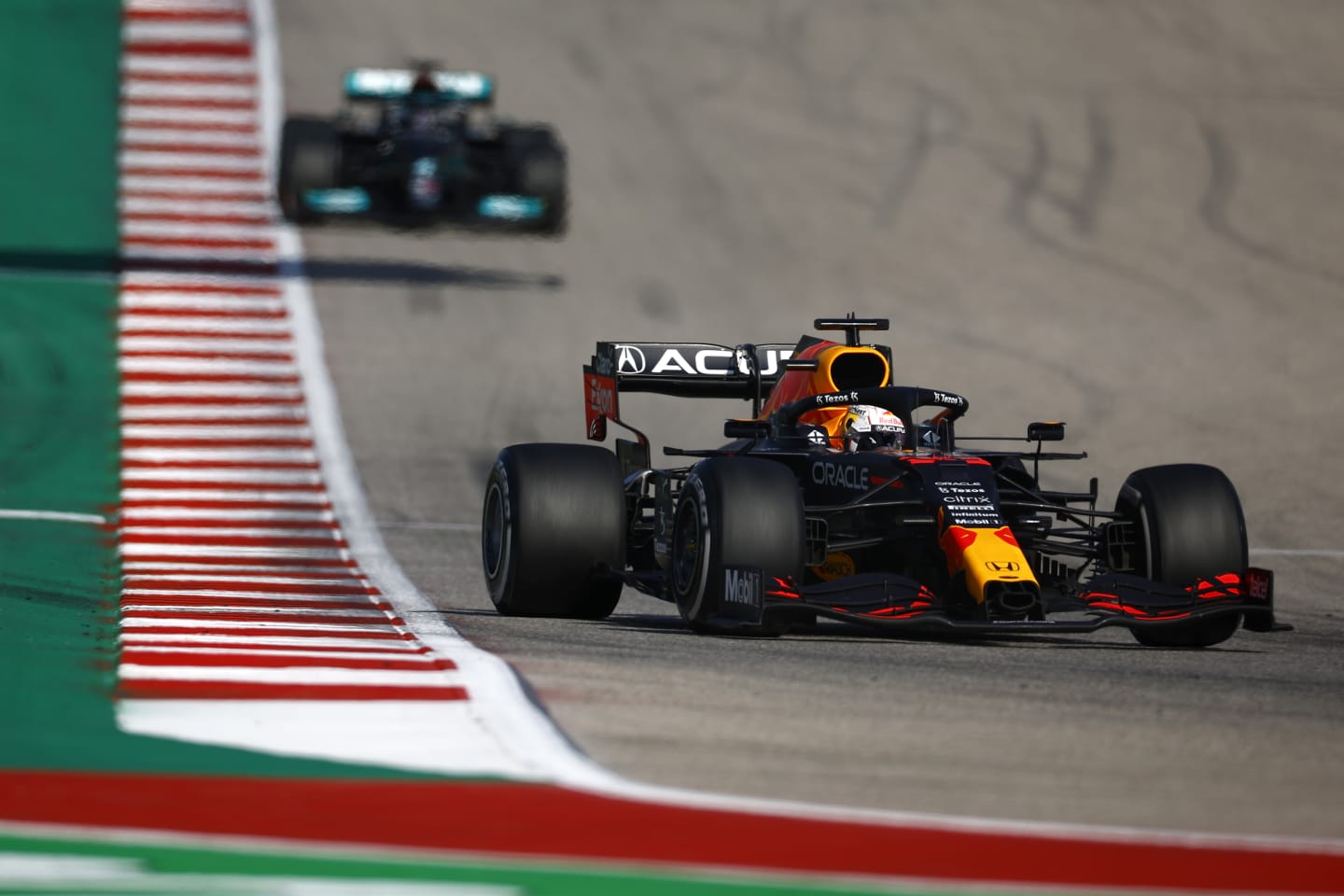
High altitude compromises turbo performance above all in the power unit
But it’s actually more complex than that. The F1 turbo shaft speeds are limited by regulation to a maximum of 125,000rpm. In lower altitudes they tend not to run as fast as that, but that limit is the ceiling for the turbo’s ability to compensate for the thinner air.
Because the ERS-H can electrically spin up the turbo to negate lag, the single turbos prescribed in the regulations tend to be as big as can be justified by the energy efficiencies in the system. But the bigger the turbo, the more heat is generated for a given speed.
The thinner air in Mexico gives an appropriately lesser cooling effect and so as the Mercedes turbo spins up trying to compensate for the air’s lower oxygen content it tends to suffer a greater temperature increase than those of rival power units. If it runs too hot it will not meet its boost targets.
So traditionally, Mercedes have been at a power disadvantage here. Historically Red Bull, whether Renault or Honda-powered, has been much more competitive on power here than at any other venues during the season.

A diagram of Honda's RA621H power unit, courtesy of Honda Racing
Downforce & drag
The thinner air means there is less of a pressure differential between the ambient and the air passing over the wings and the car’s underfloor. So all the cars generate less downforce at Mexico – a lot less. Even with full Monaco-style wing levels they have less downforce than at Monza where they run the skinniest wings of the season.
The Red Bull RB16B, with its higher-rake design, is recognised as having a higher downforce ceiling than the lower-rake Mercedes W12.
READ MORE: Is Mercedes’ improved straight-line speed down to some clever ride-height engineering?
With less difference than usual in downforce levels between the two cars, it might be assumed this would help Mercedes. But there is also the drag associated with the downforce to be considered. The drag is also reduced a lot by the thinner air. So the downforce/drag efficiency trade-off is at a completely different place to usual.
There is less drag penalty than usual in loading the car up with as much downforce as possible, thereby helping any car which usually has a less efficient trade-off. That car would be the Red Bull, with a high-rake aero concept that is intrinsically less aerodynamically efficient in this trade-off. That matters less in Mexico than at most other venues.
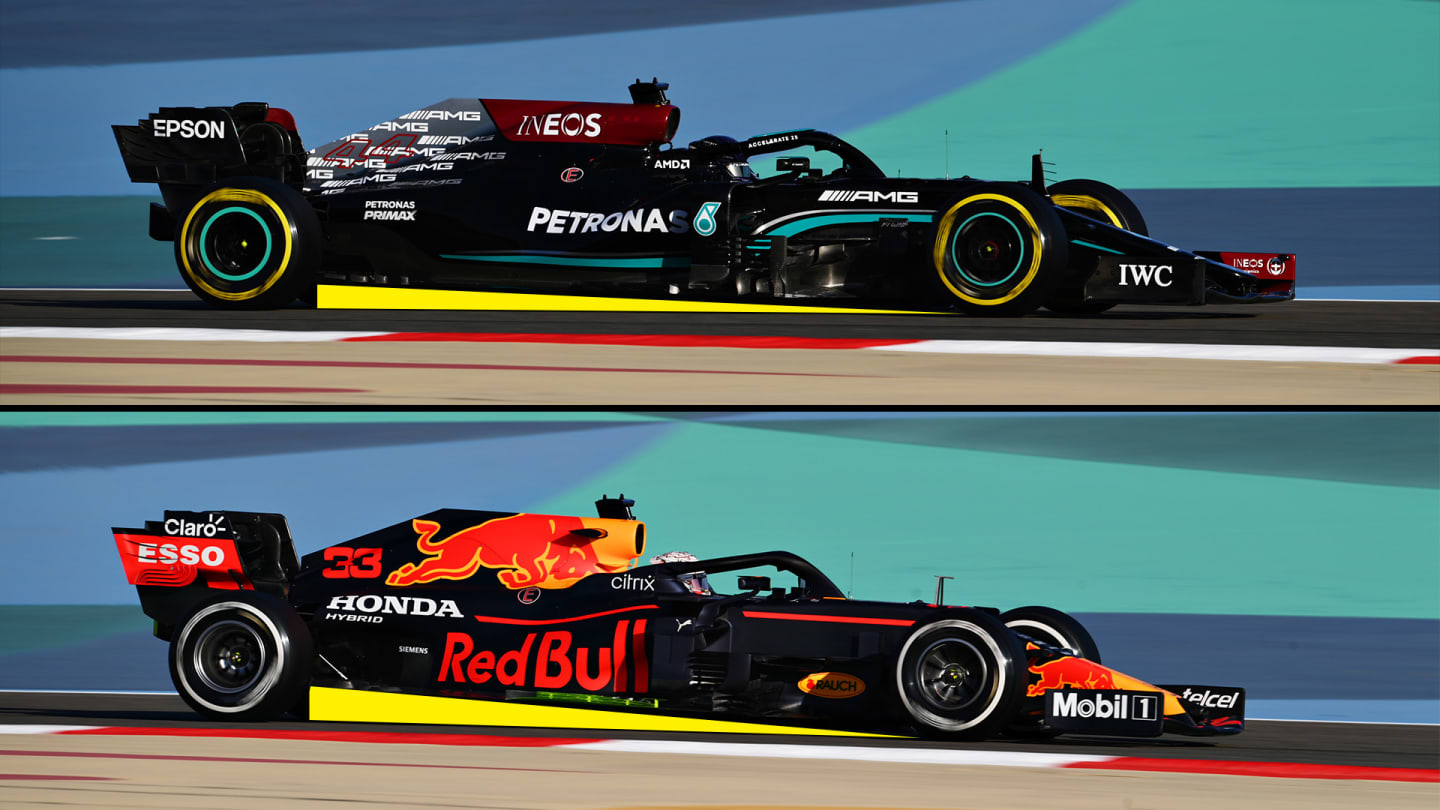
The low-rake Mercedes W12 (top) compared to the high-rake Red Bull RB16B (below)
Tyres & Brakes
Because the thin air has less cooling power, there is a big challenge in keeping the tyres and, in particular, the brakes at their optimum temperatures.
Historically, Mercedes are more marginal with brake cooling than other cars, relying on the drivers to manage the temperatures so that the front brake ducts can be optimised for ultimate aerodynamic performance.
READ MORE: Why it's the air that poses the biggest challenge in Mexico (2019)
1 / 3
Comparing the Red Bull’s much simpler brake ducts with those of the Mercedes (in the gallery above) suggests they have a greater cooling capacity. The Red Bull usually runs with its enclosing aero ‘cake tin’ drum shroud partially open, unlike the Mercedes. It will be interesting to see if this changes at Mexico.
There are always unforeseen complicating factors in determining which of the two title-contesting cars performs better than the other at any given venue. But Red Bull’s confidence and Mercedes’ caution coming into the Mexican weekend is very evident.
YOU MIGHT ALSO LIKE

Video WATCH: Lawson out, Tsunoda in – Laura Winter and Lawrence Barretto discuss Red Bull’s driver call
Video LIVESTREAM: Catch the action from Qualifying for Round 11 of the 2025 F1 Sim Racing World Championship
OpinionF1 Unlocked JACQUES: Tsunoda’s Red Bull promotion is a deserved reward – but Lawson needs to take inspiration from Gasly and Albon
Video LIVESTREAM: Watch all the action from Round 10 of the 2025 F1 Sim Racing World Championship as the drivers tackle Interlagos

